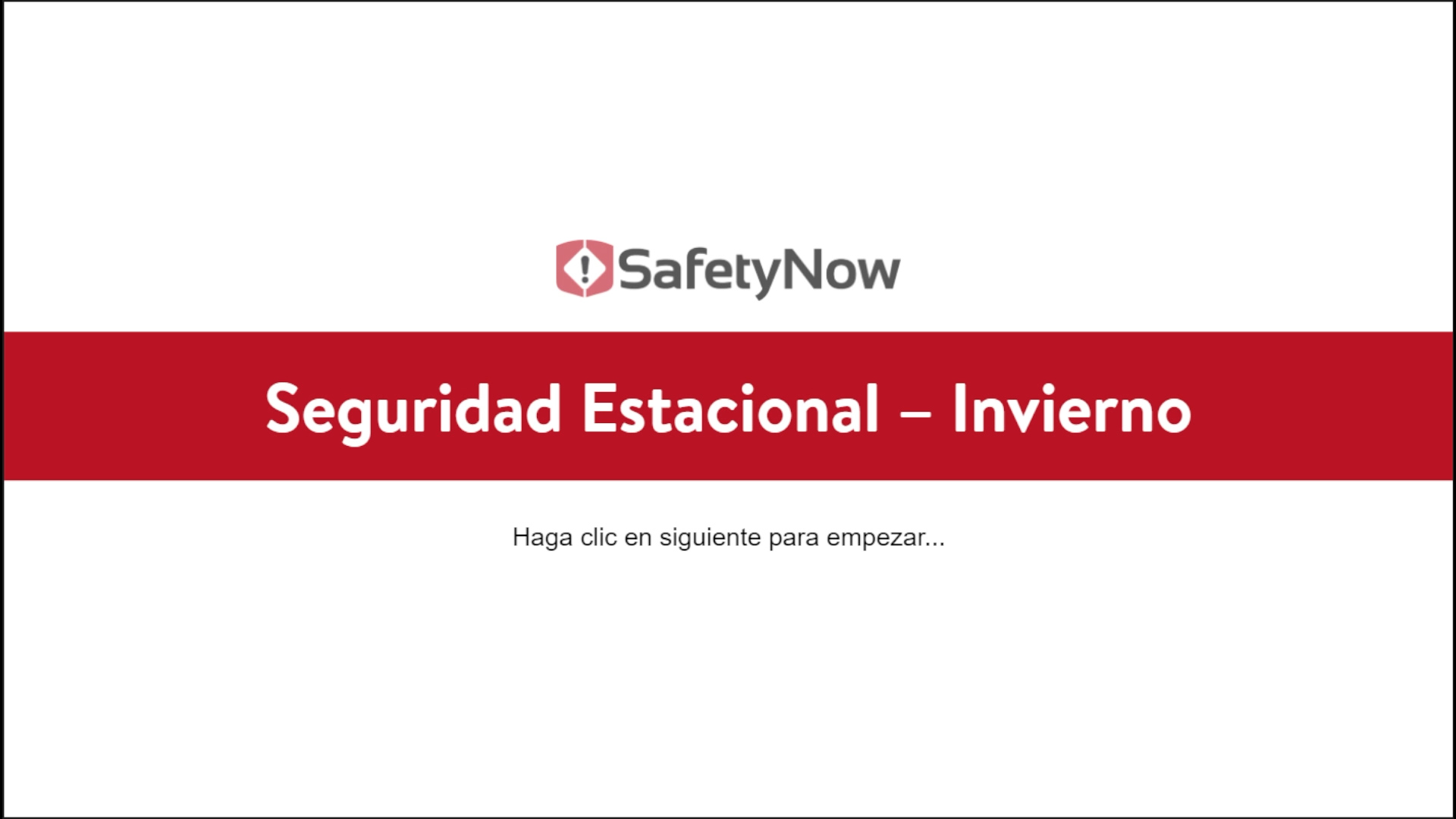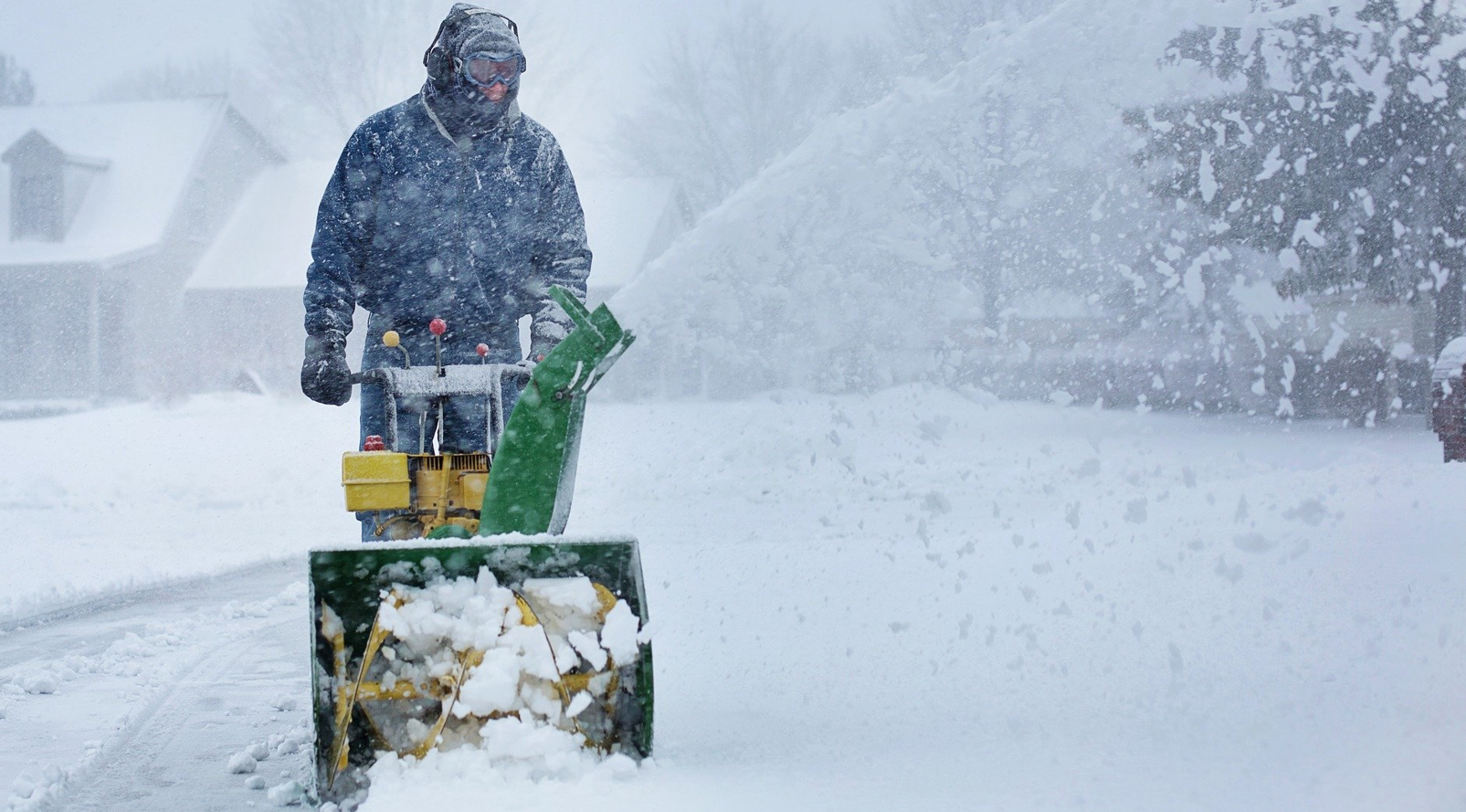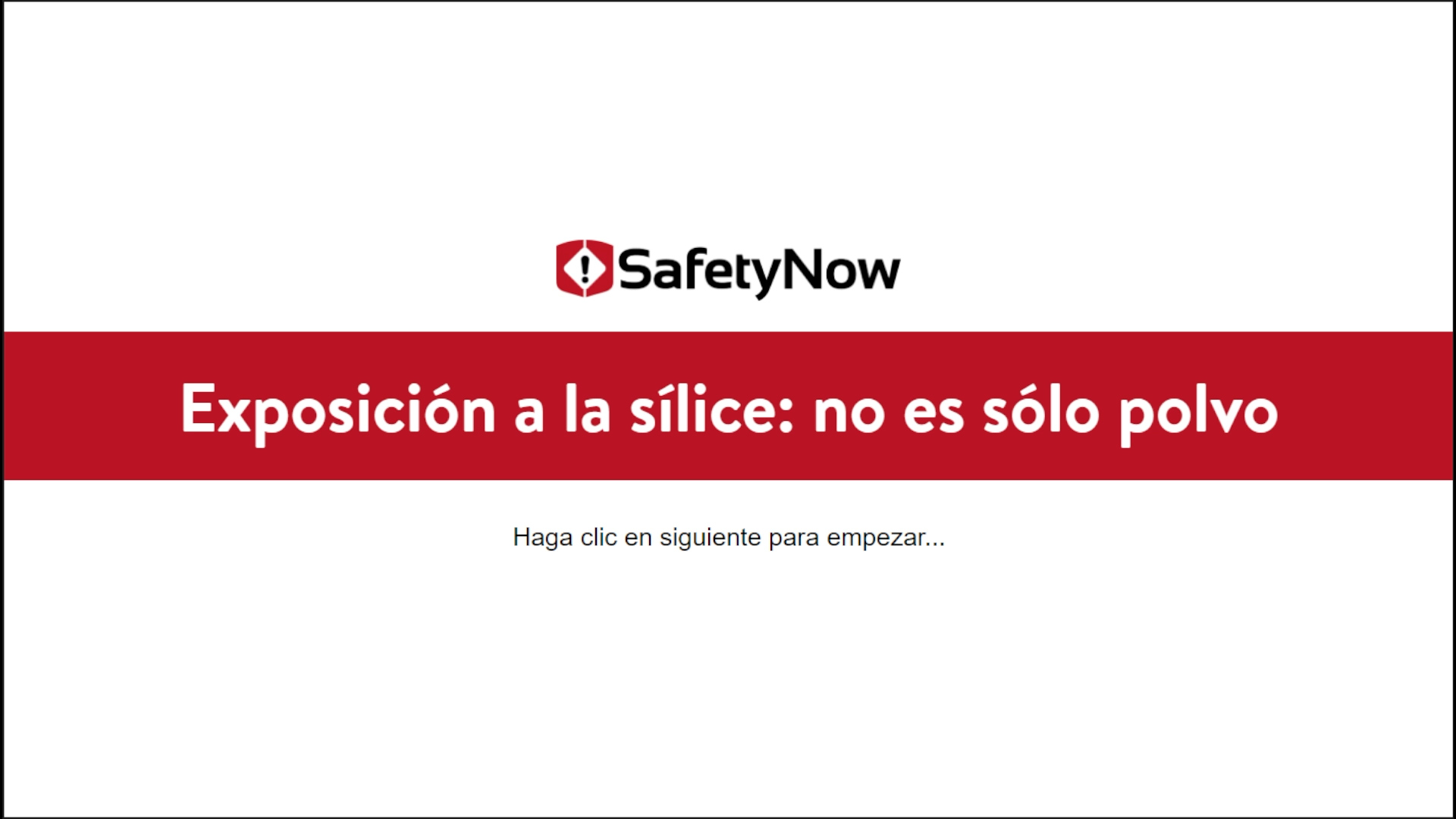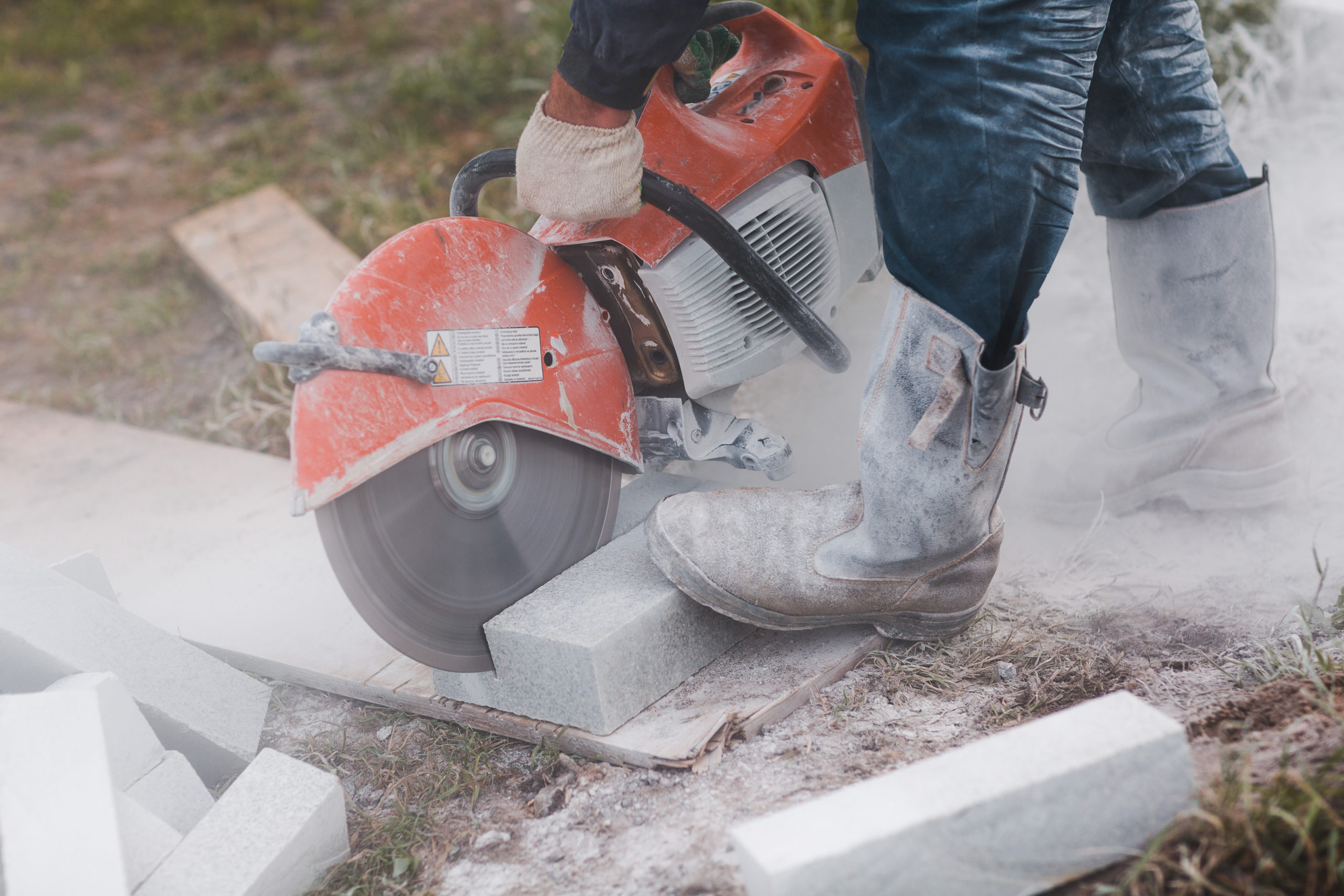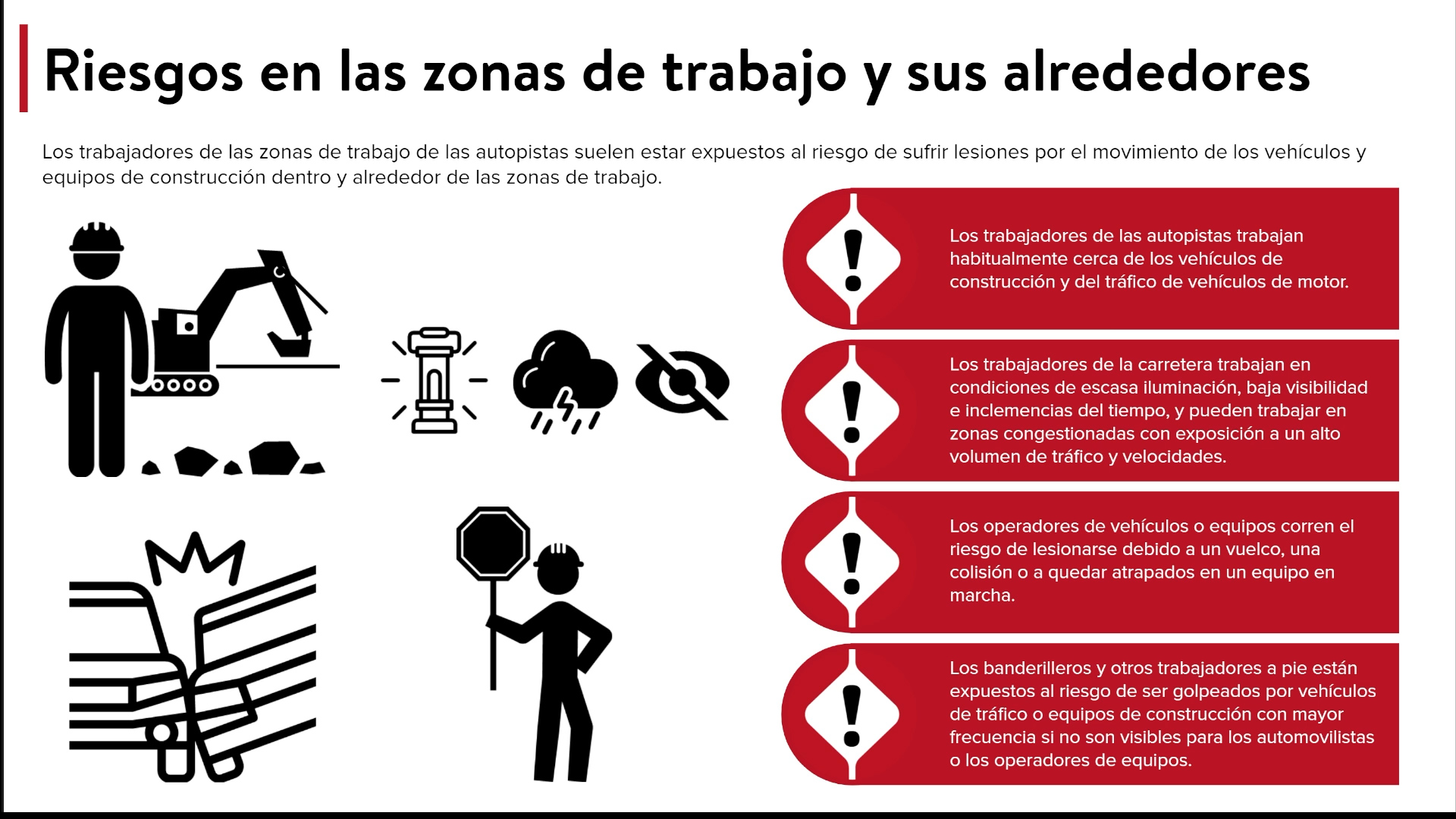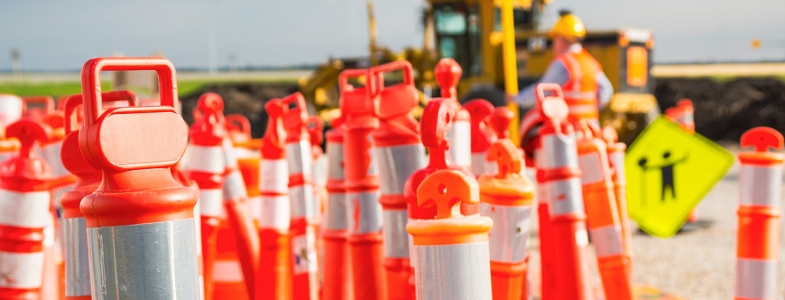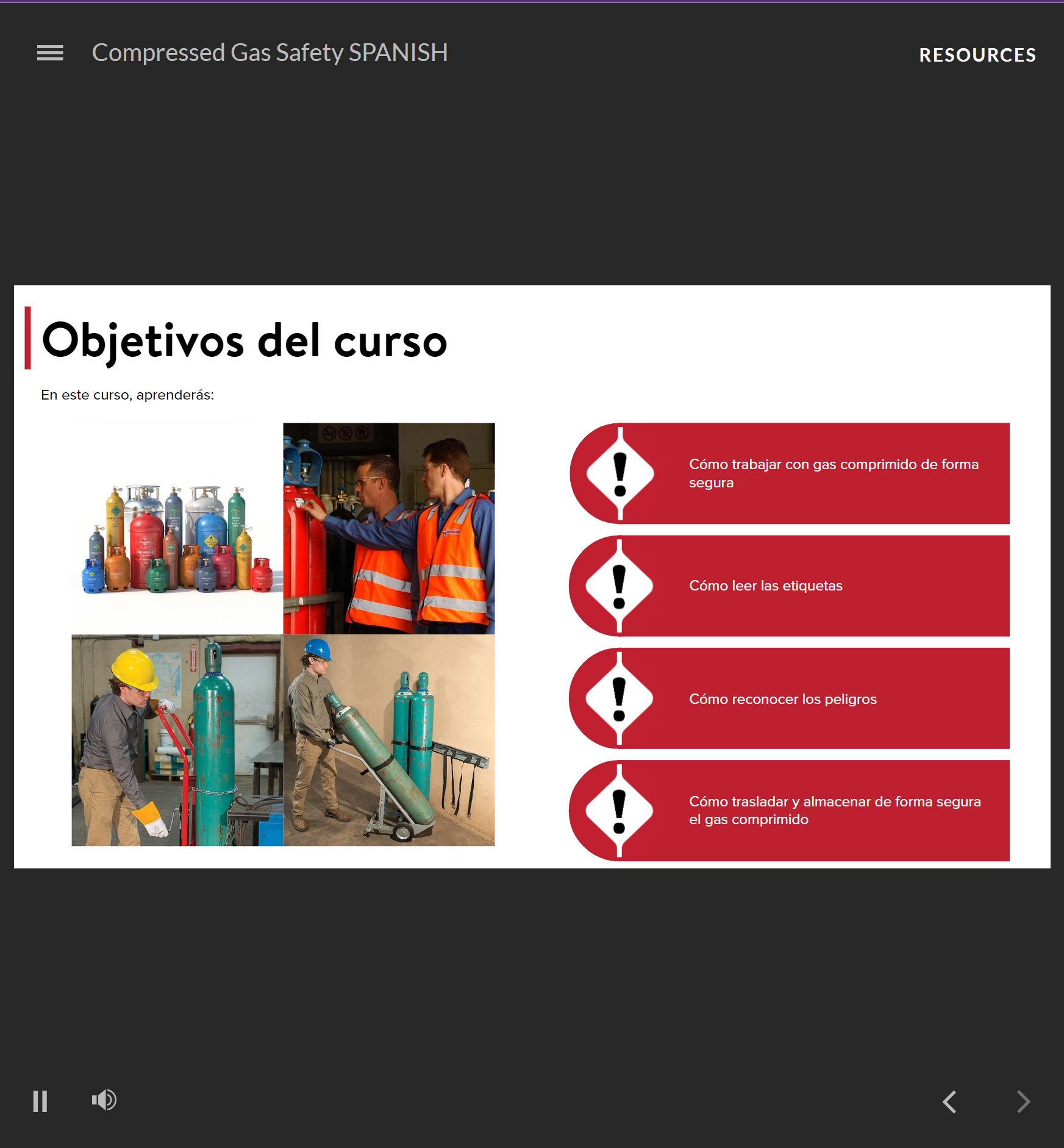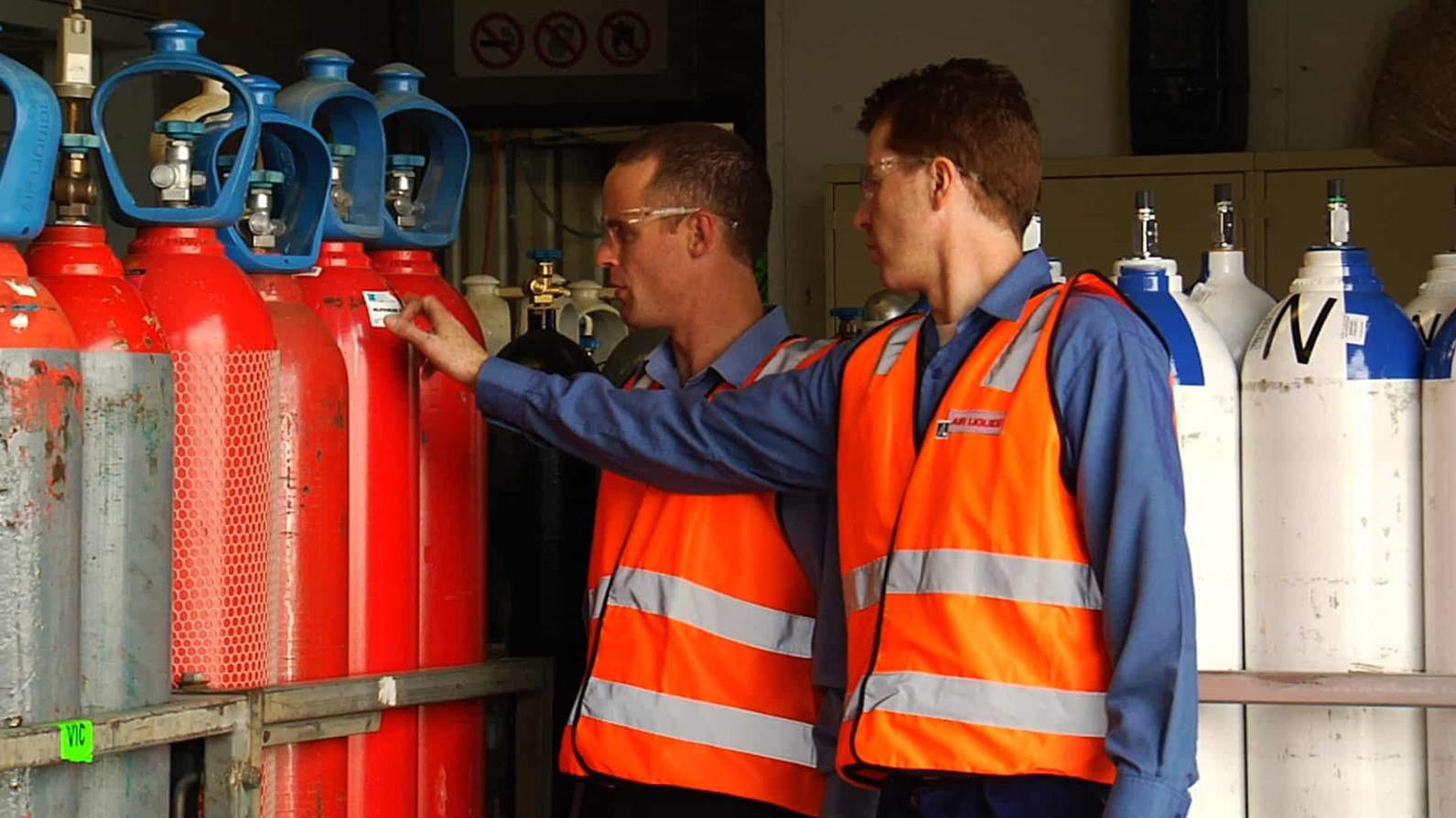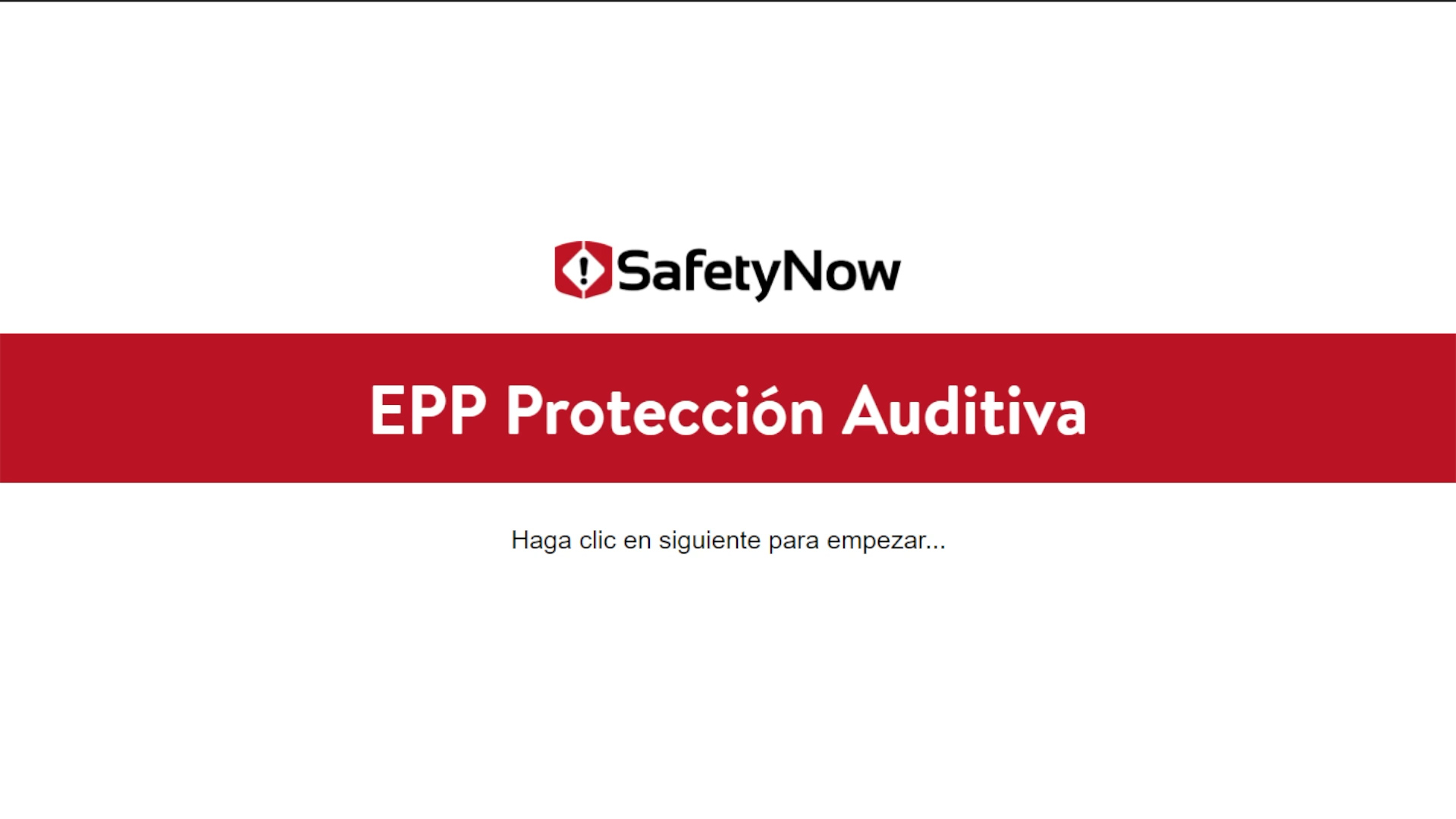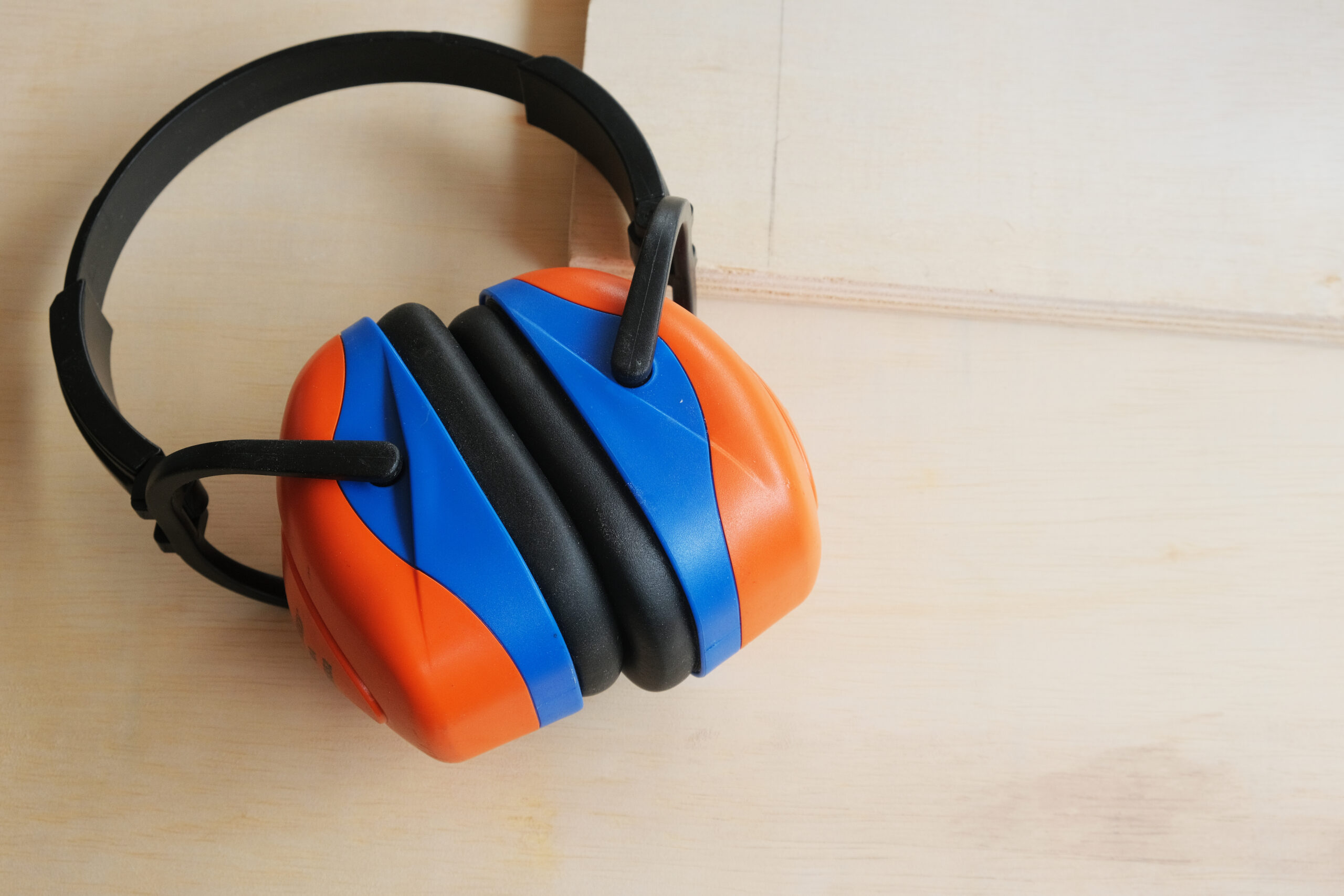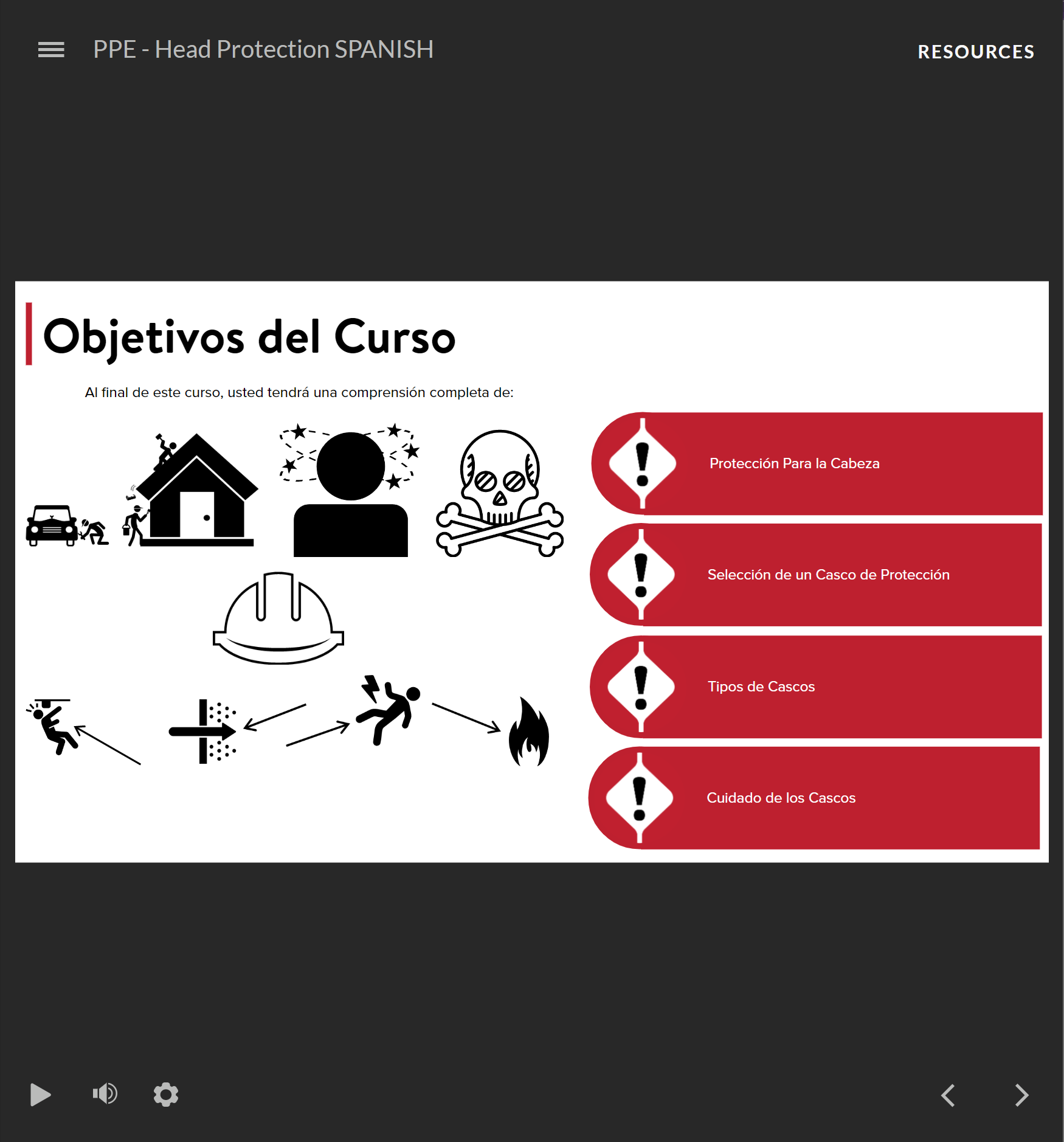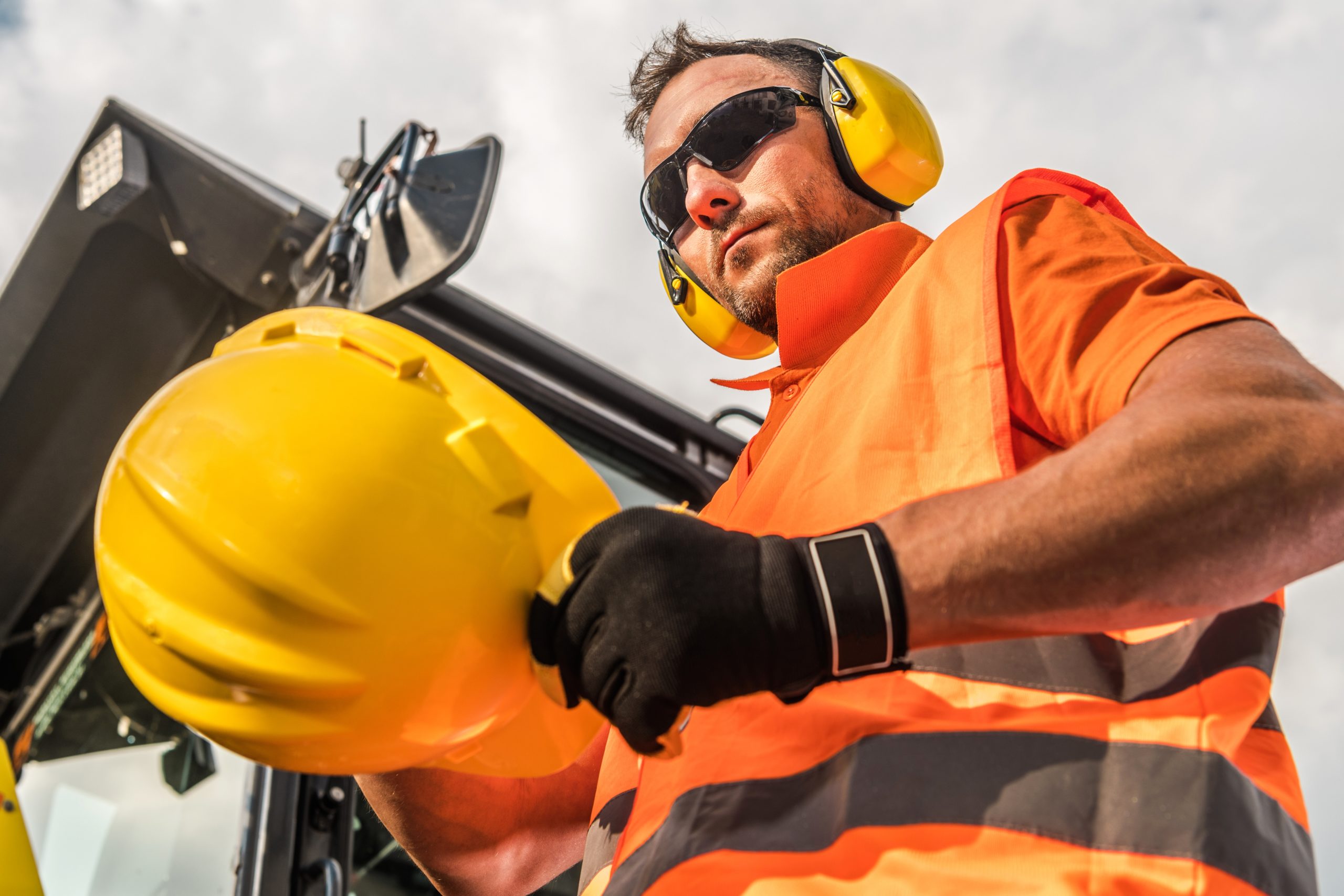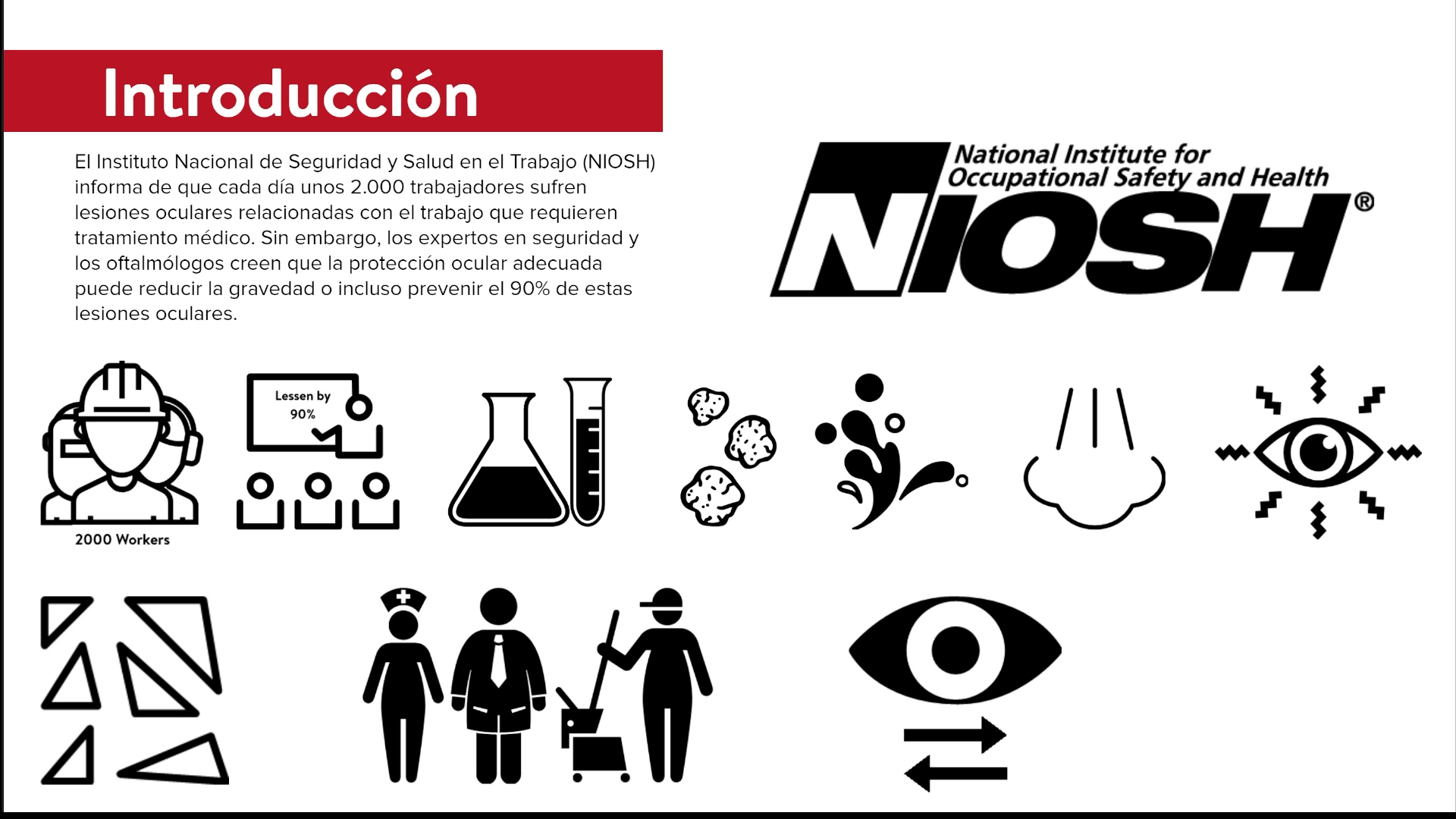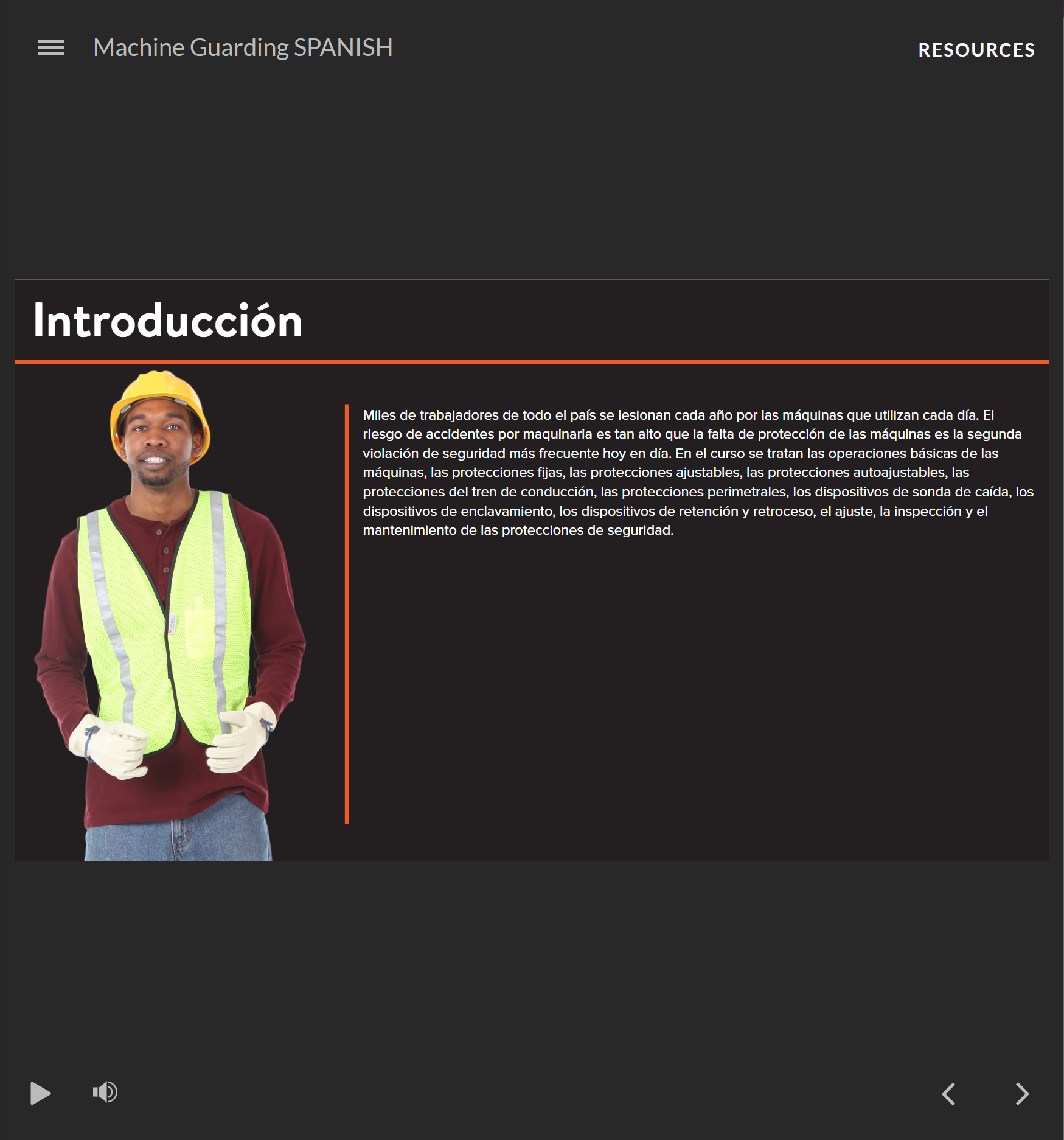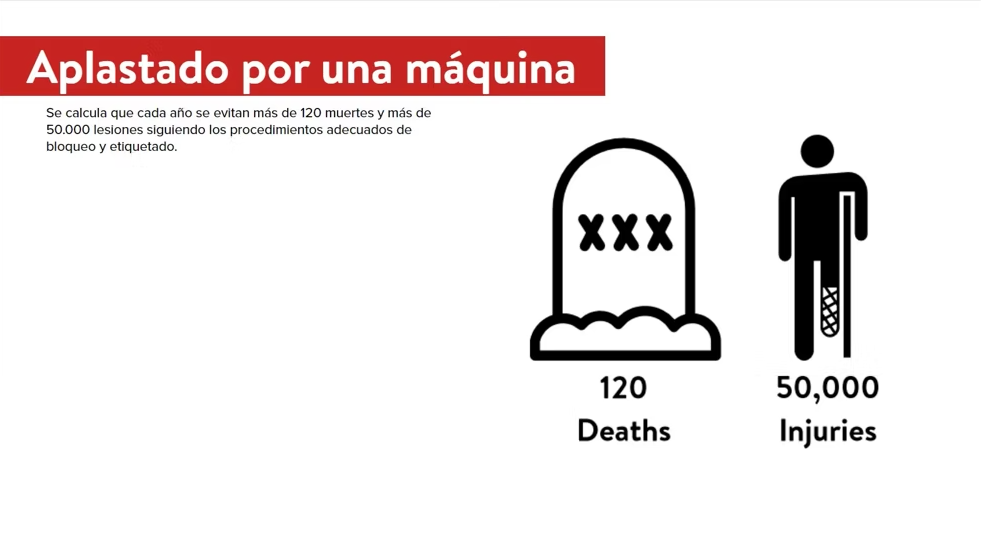-
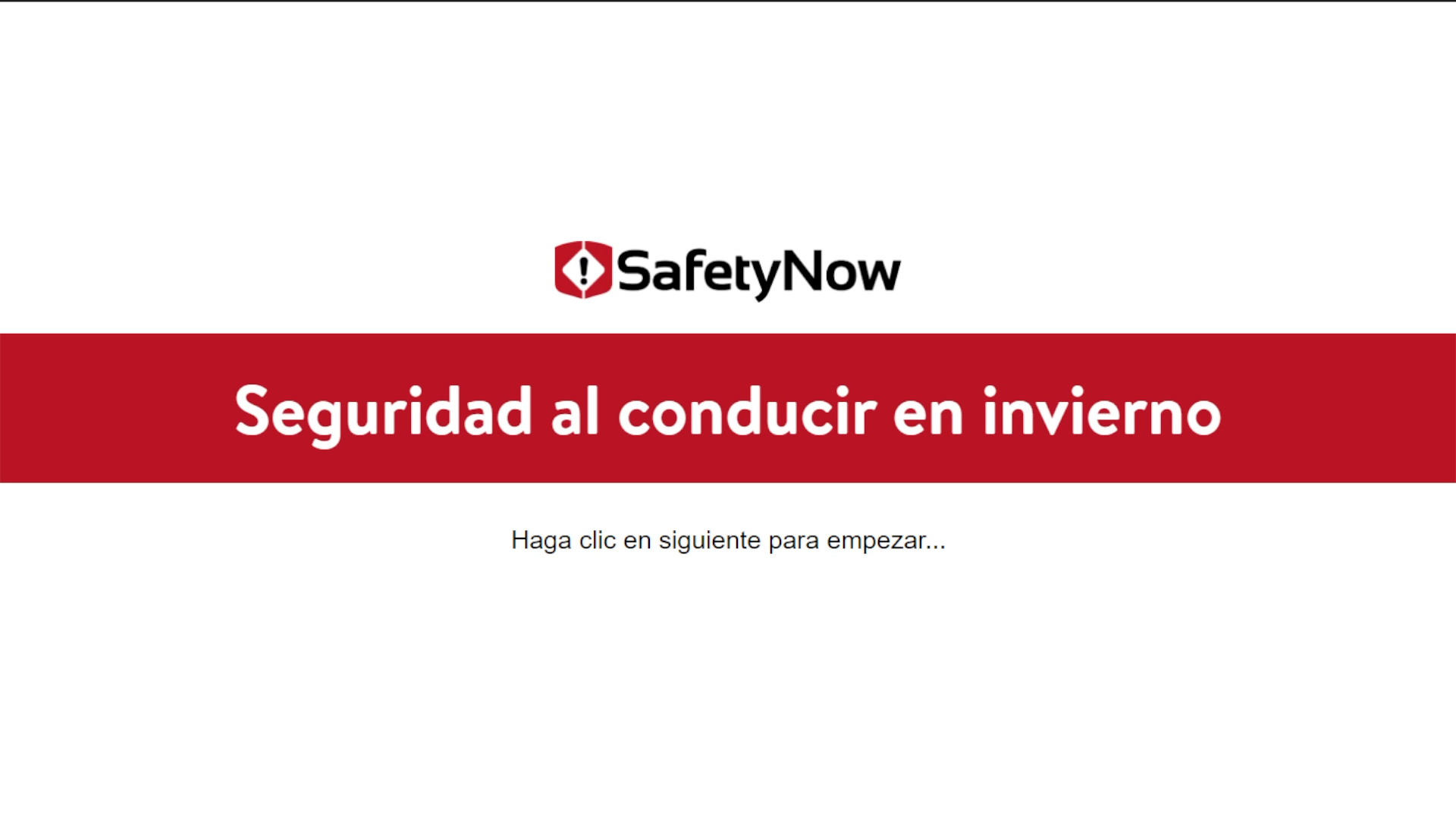
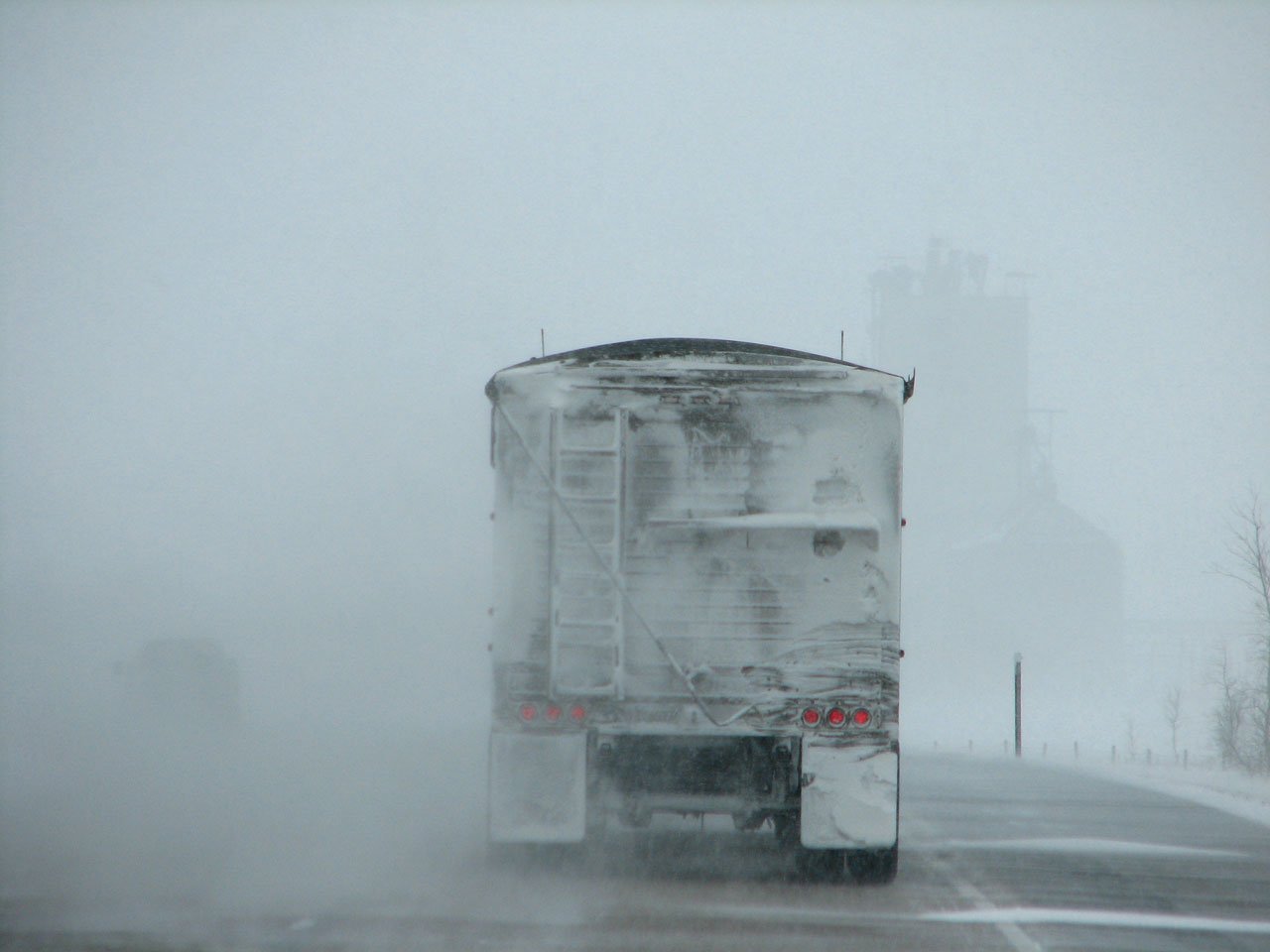 The best way to stay safe during winter driving conditions is to avoid them altogether. If it’s possible for you to avoid driving in the snow and ice, stay put. But hunkering down isn’t always an option. If you have to hit the road when it’s snowy, icy, or wet, make sure both you and your car are prepared for safe winter driving.
The best way to stay safe during winter driving conditions is to avoid them altogether. If it’s possible for you to avoid driving in the snow and ice, stay put. But hunkering down isn’t always an option. If you have to hit the road when it’s snowy, icy, or wet, make sure both you and your car are prepared for safe winter driving. -
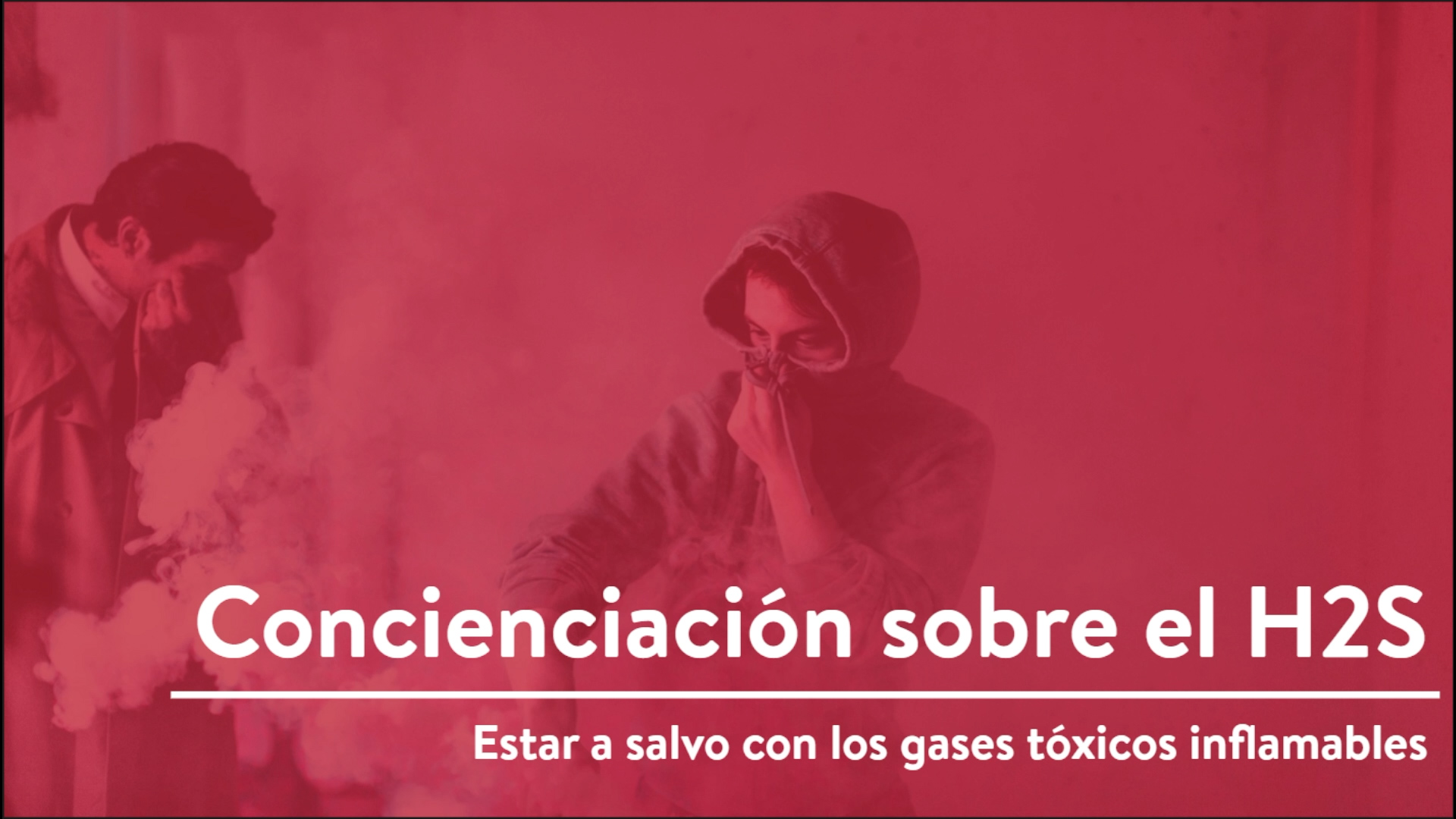
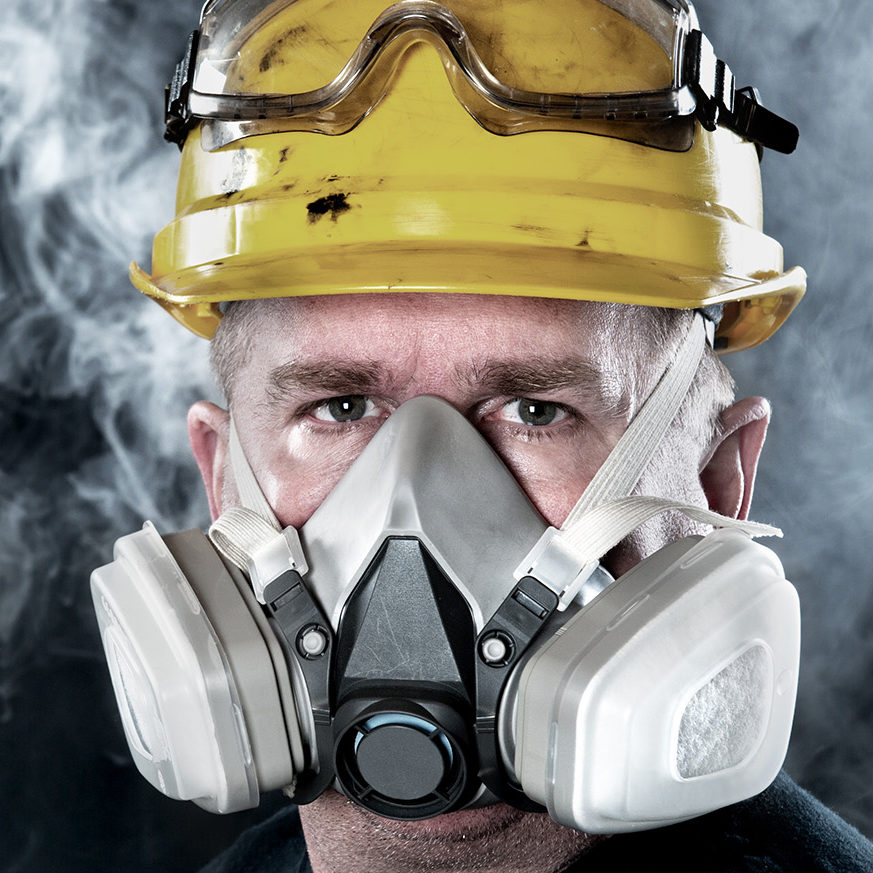 In this course you’ll learn about the chemistry of Hydrogen Sulfide and how it is formed, the properties and characteristics of the gas, where Hydrogen Sulfide is likely to be located in your workplace, the potential health hazards of short term and long term H2S exposure, how to work safely with Hydrogen Sulfide and emergency response steps to take should you or a co-worker be exposed to this gas. (Spanish Version)
In this course you’ll learn about the chemistry of Hydrogen Sulfide and how it is formed, the properties and characteristics of the gas, where Hydrogen Sulfide is likely to be located in your workplace, the potential health hazards of short term and long term H2S exposure, how to work safely with Hydrogen Sulfide and emergency response steps to take should you or a co-worker be exposed to this gas. (Spanish Version) -
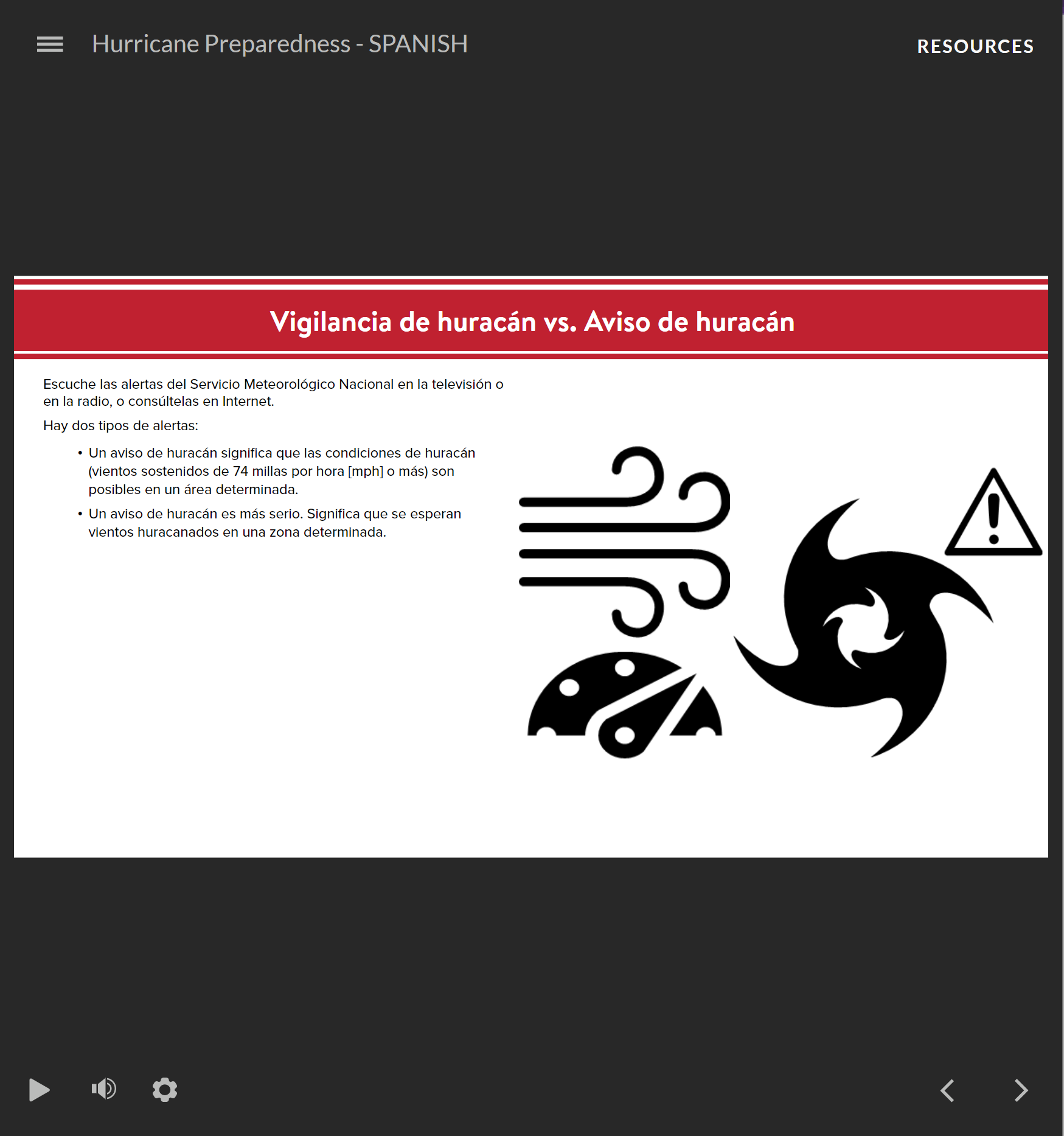
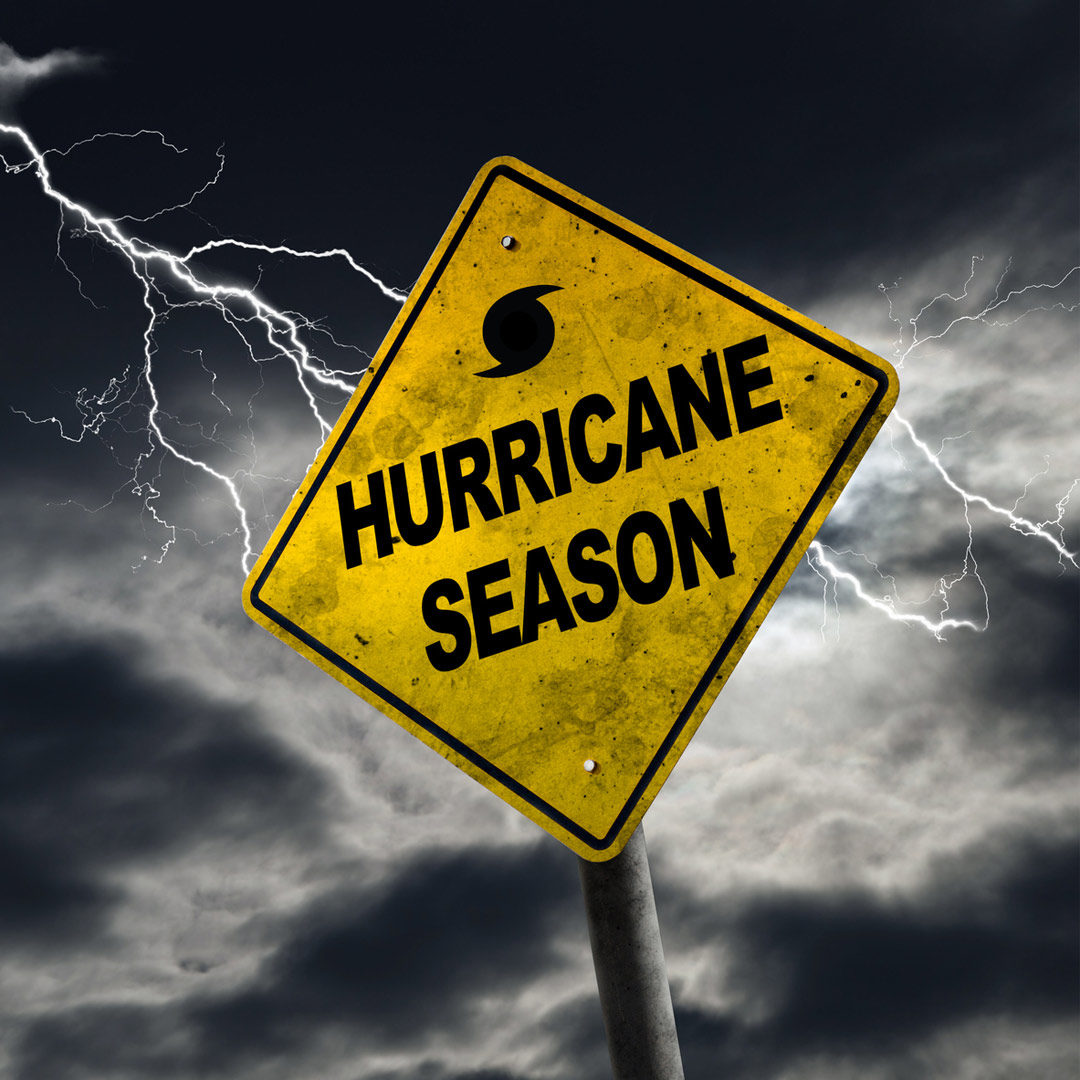 Hurricanes are dangerous and can cause major damage because of storm surge, wind damage, and flooding. They typically form around the equator, but hurricanes can hit much more Northern or Southern coastlines and any territory in the Atlantic or Pacific oceans. This course will help you understand how to prepare for a hurricane. (Spanish Version)
Hurricanes are dangerous and can cause major damage because of storm surge, wind damage, and flooding. They typically form around the equator, but hurricanes can hit much more Northern or Southern coastlines and any territory in the Atlantic or Pacific oceans. This course will help you understand how to prepare for a hurricane. (Spanish Version)

